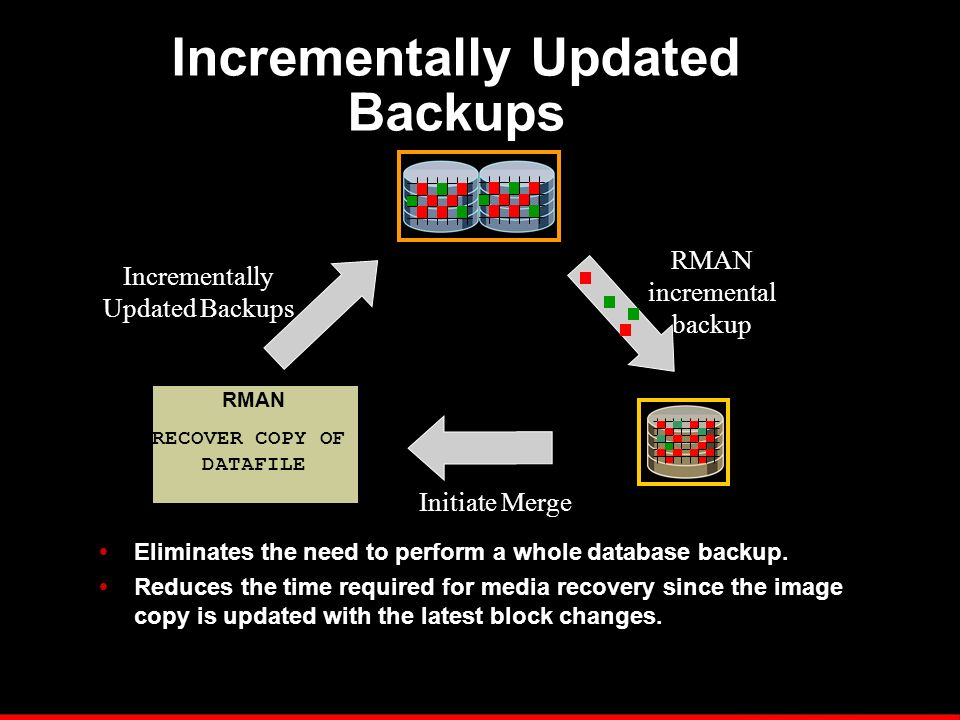

For example, execute the following query: COLUMN EVENT FORMAT a10

Query V$SESSION and V$SESSION_WAIT as described in "Monitoring RMAN Through V$ Views". To terminate an Oracle process that is hung in the media manager: The warning about the media manager resources still applies in this case. Once the hung channels in the media manager code are killed, the RMAN process detects this termination and proceed to exit, removing all connections except target connections that are still operative in the media management layer. In this case, the connections to the hung channels remain active as described previously. Removing default channel and polling connections causes the RMAN process to detect that one of the channels has died and then proceed to exit. Terminating the catalog connection does not cause the RMAN process to terminate because RMAN is not performing catalog operations while the backup or restore is in progress. Consult your media manager documentation for details. Those which cannot may keep resources busy or continue processing. Not all media managers can detect the termination of the Oracle process.

If either the target connection or any of the auxiliary connections are executing in the media management layer, they will not terminate until the processes are manually killed at the operating system level. If target and auxiliary connections are not hung in the media manager code, they also terminate. If you kill the RMAN process itself, then you also kill the catalog connection, the auxiliary connection, the default channel, and the polling connections. Polling connections seem to be in an infinite loop while polling the RPC under the control of the RMAN process. The catalog connection and the default channel appear to hang, because they are waiting for RMAN to tell them what to do. RMAN usually hangs because one of the channel connections is waiting in the media manager code for a tape resource. Note that this will not unhang the session if the session is hung in media manager code. Then, run the following statement, substituting the sid_in_rman_output and serial number obtained from the query: ALTER SYSTEM KILL SESSION ' sid_in_rman_output, serial#' For example, run the following statement, where sid_in_rman_output is the number from the RMAN message: SELECT SERIAL# FROM V$SESSION WHERE SID= sid_in_rman_output You can kill the session using a SQL ALTER SYSTEM KILL SESSION statement.ĪLTER SYSTEM KILL SESSION takes two arguments, the sid printed in the RMAN message and a serial number, both of which can be obtained by querying V$SESSION. Note that the Oracle sid is different from the operating system process ID.

The sid and devtype are displayed for each allocated channel. You can identify the Oracle session ID for an RMAN channel by looking in the RMAN log for messages with the format shown in the following example: channel ch1: sid=15 devtype=SBT_TAPE Terminating the Session with ALTER SYSTEM KILL SESSION


 0 kommentar(er)
0 kommentar(er)
